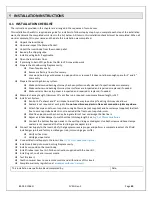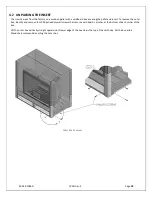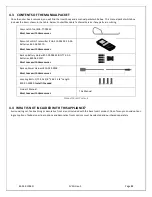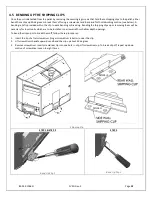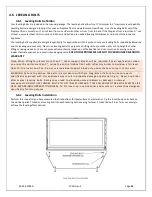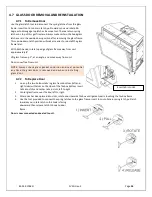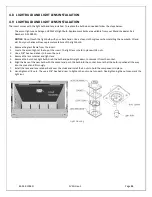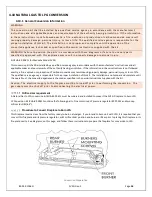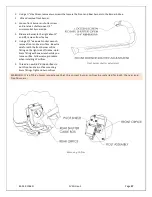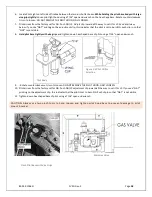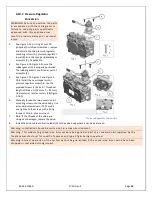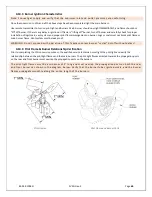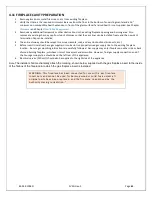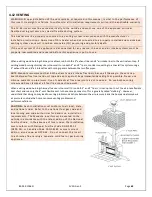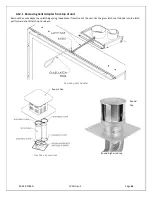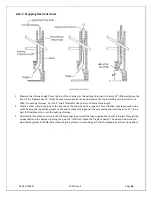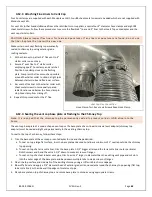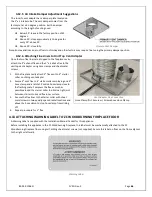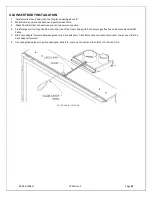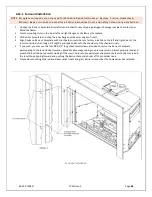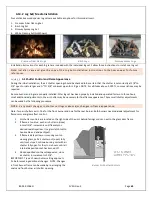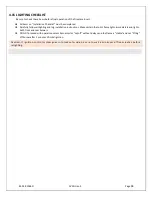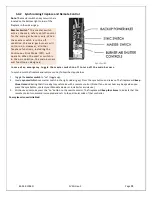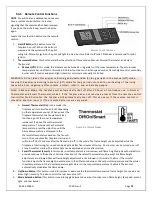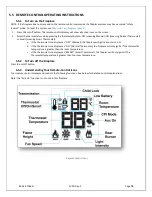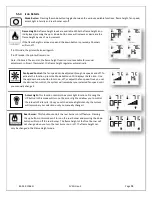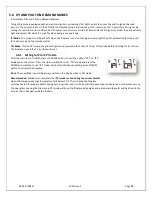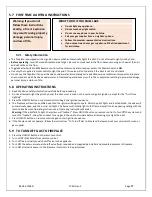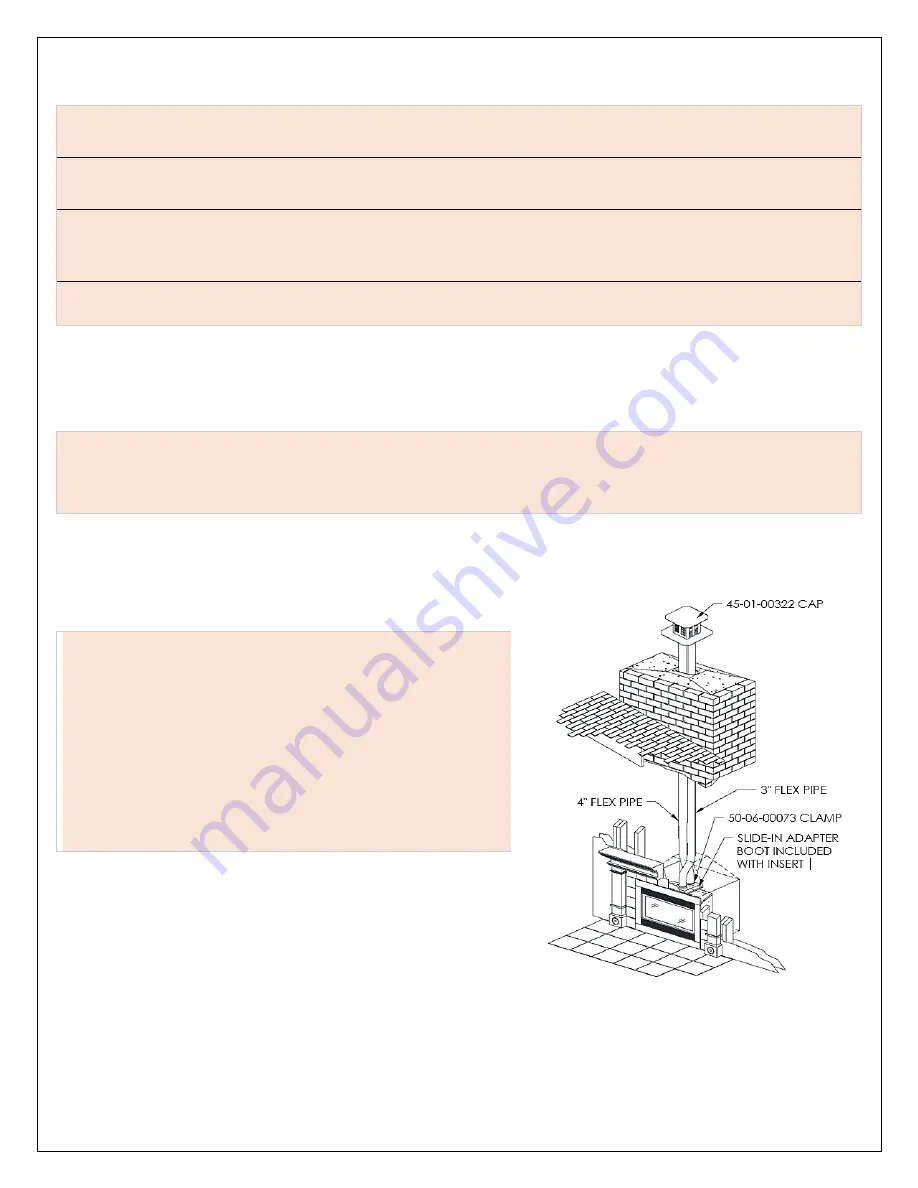
85-03-01058-O
FV33i Gen 3
Page
62
4.12
VENTING
WARNING: Proper installation of the vent system, as required in this manual, is vital to the performance of
this Insert. Oversights or failure to conform to all installation requirements will void the applicable warranty.
The FV-44i Insert must be vented vertically to the outside and must use one of the approved co-linear
flexible ducting systems or a coaxial flexible ducting system.
This heater must be properly connected to a venting system in accordance with the manufacturer's
installation instructions. Operation of this heater when not connected to a properly installed and maintained
venting system can result in carbon monoxide (CO) poisoning and possibly death.
If the vent system of this appliance is disconnected for any reason, the vent and air intake systems must be
properly reassembled and resealed before this appliance is put into use.
When existing wood burning chimney size allows, run both the 4” exhaust liner and 3” air intake liner to the vertical vent cap. If
existing wood burning chimney size is too small to run both 4” and 3” liners, consider converting to a coaxial flex system using a
4” exhaust flex and 6” air intake flex with spring spacers between the two flex pipes.
NOTE: Mendota recommends that both exhaust and air intake flex liners be run all the way to the vent cap.
Seals between flex liners and unit top and vent cap must be permanent and as airtight as possible. Never use
silicone sealants in pipe joints. Use of sealants at flex pipe joints is not required. Do use both securing
screws and hose clamps at all four flex connection points.
When existing wood burning chimney flue size is too small to run both 4” and 3” liners, it is an option to cut the air intake flexible
duct short and run only the 4” vent flexible duct to the vent cap connector. This is generally called “stubbing”. However,
understand that doing so may lead to venting problems. Variations between the air pressure inside the home and atmospheric
air pressures outside the home can cause venting problems and
performance failures.
CAUTION:
Each installation must conform to all local, state,
and national codes. Refer to the national fuel gas code and
local zoning and code authorities for details on installation
requirements. The Mendota Inserts must be vented to the
outside in accordance with the latest edition of the National
Fuel Gas Code. In the absence of local codes, the installation
must conform with National Fuel Gas Code ANSI Z223.1
(NFPA 54), or Canadian Code CAN1-B149 or most current
edition, also known as NFPA 54. Do not connect this Insert
to a chimney flue serving a separate solid fuel or gas-burning
appliance.
Vent System


